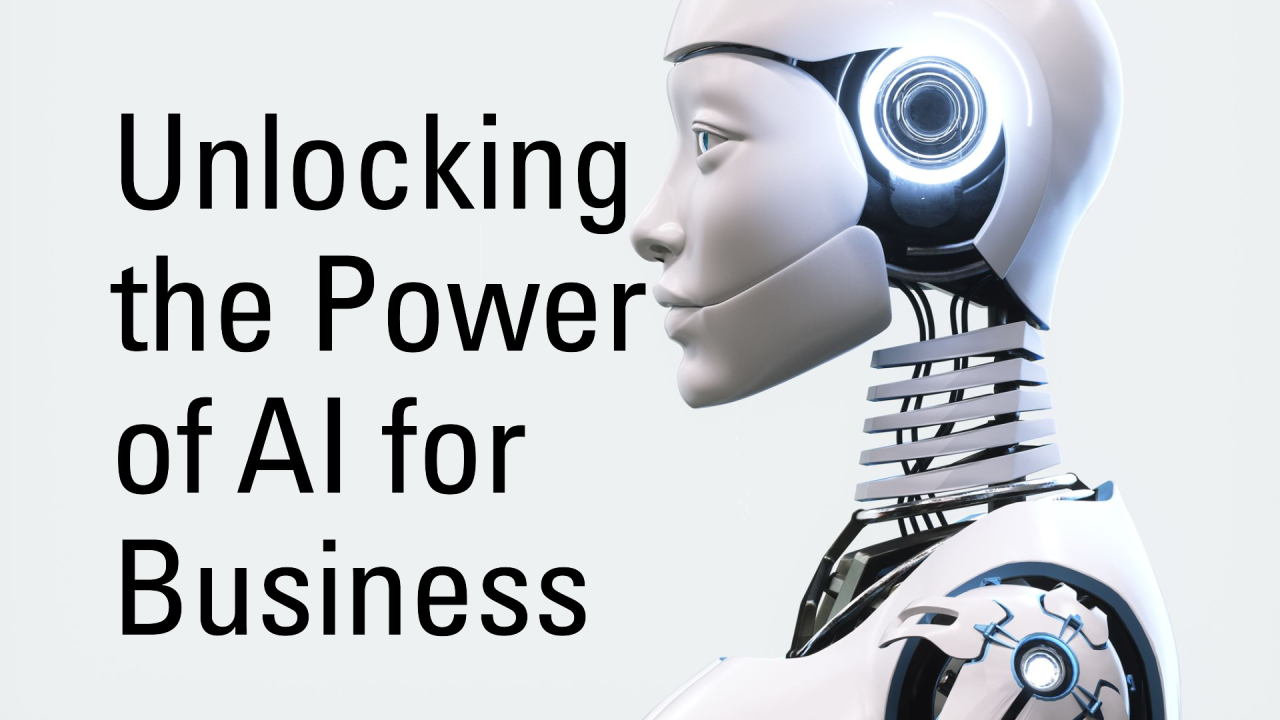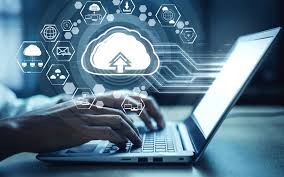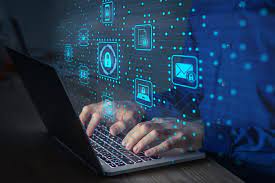The Internet of Things (IoT) has emerged as a game-changer in the realm of technology, connecting devices, sensors, and systems to enable data-driven insights and automation. From smart homes and cities to industrial processes and healthcare, IoT innovations are reshaping the way we live, work, and interact with the world around us. In this comprehensive guide, we'll dive into the world of IoT, exploring its applications, benefits, challenges, and future possibilities.
1. Understanding IoT: The Internet of Things (IoT) refers to the network of interconnected devices, sensors, and systems that communicate and exchange data over the internet. These devices, often equipped with sensors and actuators, can collect, analyze, and transmit data in real-time, enabling seamless integration and automation of various processes and applications.
2. Applications of IoT: IoT technology has diverse applications across industries, including:
- Smart Homes: IoT-enabled devices such as smart thermostats, lights, and appliances allow homeowners to control and monitor their home environment remotely, enhancing comfort, convenience, and energy efficiency.
- Smart Cities: IoT sensors and networks enable city planners to monitor and manage various aspects of urban life, including traffic flow, waste management, public safety, and environmental quality, leading to more sustainable and livable cities.
- Industrial IoT (IIoT): In industrial settings, IoT technologies optimize processes, monitor equipment performance, and enable predictive maintenance, improving operational efficiency, productivity, and safety.
- Healthcare: IoT devices and wearables enable remote patient monitoring, personalized healthcare delivery, and real-time health tracking, empowering individuals to take control of their health and well-being.
- Agriculture: IoT sensors and drones monitor soil conditions, crop health, and weather patterns, enabling precision agriculture techniques such as irrigation management and crop optimization, increasing yields and sustainability.
3. Benefits of IoT: IoT offers numerous benefits for businesses, governments, and individuals, including:
- Enhanced Efficiency: IoT automation streamlines processes, reduces manual intervention, and improves resource utilization, leading to cost savings and productivity gains.
- Data-driven Insights: IoT sensors generate vast amounts of data that can be analyzed to derive actionable insights, inform decision-making, and drive innovation.
- Improved Quality of Life: IoT-enabled technologies enhance comfort, convenience, and safety in everyday life, from smart homes and wearable devices to connected vehicles and healthcare solutions.
- Environmental Sustainability: IoT solutions optimize resource usage, reduce energy consumption, and minimize waste, contributing to a more sustainable and eco-friendly future.
4. Challenges and Considerations: Despite its potential, IoT adoption faces several challenges and considerations, including:
- Security and Privacy: IoT devices are vulnerable to cyber attacks and data breaches, raising concerns about privacy, data integrity, and unauthorized access.
- Interoperability: The proliferation of diverse IoT devices and protocols can lead to compatibility issues and interoperability challenges, hindering seamless integration and communication.
- Scalability: Scaling IoT deployments to accommodate large numbers of devices and data volumes requires robust infrastructure, network bandwidth, and management capabilities.
- Regulatory Compliance: IoT data collection and processing must comply with privacy regulations and data protection laws, such as the General Data Protection Regulation (GDPR) in Europe and the California Consumer Privacy Act (CCPA) in the United States.
5. Future Trends in IoT: Looking ahead, the future of IoT is marked by several key trends and innovations, including:
- Edge Computing: Moving computing power closer to IoT devices and sensors to reduce latency, improve response times, and enable real-time analytics and decision-making.
- 5G Connectivity: The rollout of 5G networks promises faster speeds, lower latency, and greater bandwidth, unlocking new possibilities for IoT applications such as autonomous vehicles, smart cities, and industrial automation.
- AI and Machine Learning: Integrating artificial intelligence (AI) and machine learning (ML) algorithms into IoT systems to analyze and act upon data in real-time, enabling predictive maintenance, anomaly detection, and personalized experiences.
- Blockchain Integration: Leveraging blockchain technology to enhance the security, transparency, and traceability of IoT data and transactions, particularly in industries such as supply chain management, logistics, and healthcare.
Viral FAQs:
- What is the Internet of Things (IoT), and how does it work?
- What are some examples of IoT applications in everyday life?
- How does IoT technology benefit businesses and industries?
- What are the main challenges and considerations for IoT adoption?
- What role does security play in IoT deployments, and how can it be addressed?
- What are some future trends and innovations in IoT?
- How does IoT contribute to environmental sustainability and resource conservation?
- What are the privacy implications of IoT data collection and processing?
- How can businesses ensure interoperability and scalability in IoT deployments?
- Where can individuals learn more about IoT technology and its applications?






